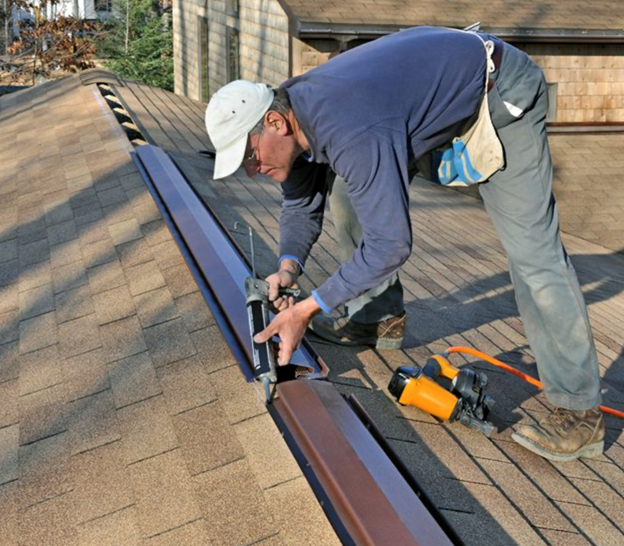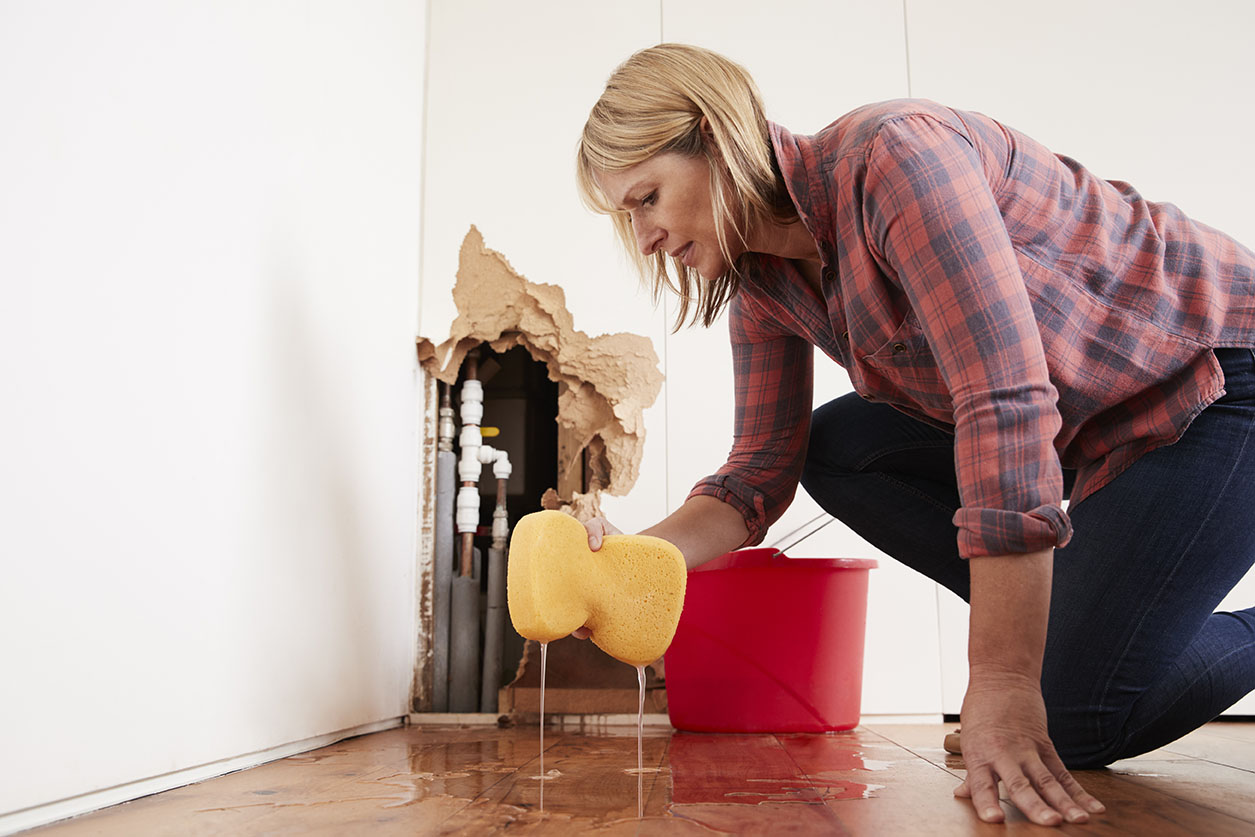
Welcome to the exciting world of foundation care! Okay, maybe it’s not that thrilling, but taking care of your home’s foundation is crucial. Today, we’re diving into a topic that’s essential for every homeowner: a controlled watering program. Trust us, your foundation will thank you!
Why Should You Care About Your Foundation?
Imagine your home’s foundation as its backbone. Just like how we need a sturdy spine to stand tall, your house needs a solid foundation to stay upright and safe. The trick to a happy foundation lies in understanding expansive soils, which are just like sponges. They swell up when they absorb water and shrink when they dry out. This constant expanding and contracting can make your house move up and down like a seesaw. Not fun, right?
If this movement isn’t too extreme, it might not be a big deal. But if your house starts playing trampoline, you could end up with cracks and other issues. Luckily, you can prevent this with a simple controlled watering program.
The Magic of Controlled Watering
So, what’s the big secret? It’s all about keeping the soil moisture under your house consistent. Here’s how you can master this magic trick:
- Perfect Placement: Start with a soaker hose, placing it one to two feet away from the edge of your foundation. This helps the water seep evenly into the soil. Pro tip: Don’t snuggle the hose up against the foundation—it needs a bit of breathing room!
- Even Soaking: When soil dries out, it cracks. Water can then travel through these cracks and gather at the bottom of the foundation, making the soil lose its strength. Keep the soil evenly moist to avoid this problem.
- Seasonal Adjustments: Just like your wardrobe changes with the seasons, your watering habits should too. During the hot, dry summer months, you might need to water your foundation daily. Trees and shrubs around your home can drink up a lot of water, so make sure they aren’t stealing it all from your foundation. In the cooler, wetter seasons, scale back watering to prevent waterlogging.
Why Bother?
You might be thinking, “Do I really need to worry about this?” The answer is a resounding yes! Keeping your foundation in tip-top shape can save you from costly repairs down the line. Plus, a stable foundation means fewer worries about cracks and structural issues.
Think of it as an investment in your home’s future. A little effort now can pay off big time later.
Watering Wisely
Here are some practical tips to keep in mind:
- Summer Lovin’: When the weather is hot and dry, water your foundation every day if needed. Make sure the moisture reaches deep into the soil, not just the surface.
- Winter Chill: In the colder months, reduce your watering frequency. The soil doesn’t need as much water, and you want to avoid any risk of water accumulating and weakening your foundation.
- Best position for this hose: 20 to 24 inches away from the side of your building. You should never try to water a foundation directly. If cracks have already formed, the water will flow through them, collecting under the grade beam. This is the thickest part of the foundation, providing most of the load support. Once the soil underneath is saturated, it loses some of its load-bearing capacity. This can cause your foundation to shift more, making the problem worse. Moving the hose further away guarantees the water will percolate through the surrounding soil, spreading out expansion.
Balancing the benefits of a stable foundation against a slightly higher water bill is a small price to pay for peace of mind. Your home’s foundation will be rock solid, and you’ll sleep better knowing you’ve done everything to keep it that way.
If you’ve got questions or need more tips, ARIEL Inspection is here to help. We’re your go-to experts for all things foundation-related, and we’re always ready to lend a hand.
Stay tuned for more handy homeowner tips and tricks. Your foundation will thank you, and so will your future self!
Happy watering! Contact us for any inspection needs.




 Let’s discuss air quality inside your home. Those with difficulty breathing due to illness or allergies will want to read more about MIRV rating prior to selecting a filter for your home.
Let’s discuss air quality inside your home. Those with difficulty breathing due to illness or allergies will want to read more about MIRV rating prior to selecting a filter for your home.
 Expertise, reliability, and comprehensive approach of our medical building inspection services in the DFW Metroplex.
Expertise, reliability, and comprehensive approach of our medical building inspection services in the DFW Metroplex.

 Avoiding Roof Damage
Avoiding Roof Damage Tie Down Loose Objects
Tie Down Loose Objects Keep Tools Handy
Keep Tools Handy Family Safety
Family Safety We know the storm will pass, the sun will come out… and with these few precautions you and your family will be safe.
We know the storm will pass, the sun will come out… and with these few precautions you and your family will be safe.
Recent Comments